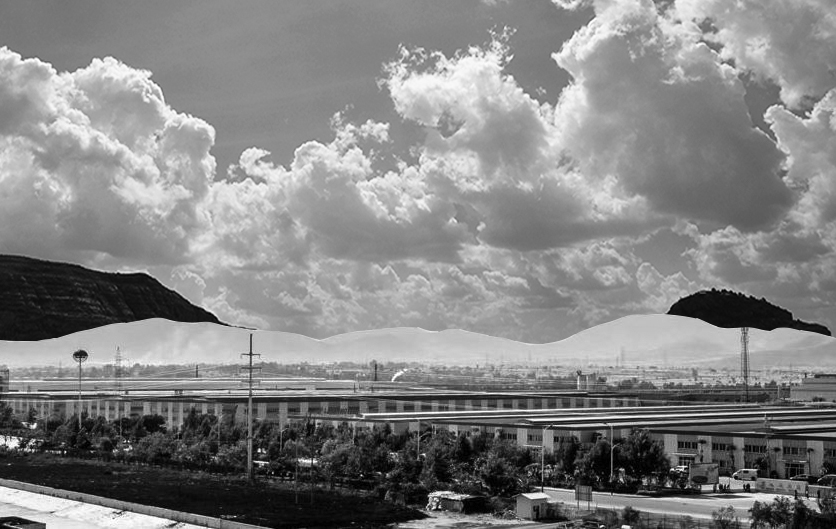
Ethiopia aspires to attain structural change as a way forward to sustain its successive and rapid economic growth, but achieving it seems to be a complex task. And the accomplishment of this lofty goal requires the concerned effort of government officials, economists, development partners, politicians and the public at large.
In the past decade, the country has been striving to achieve a middle income status by formulating and implementing two successive Growth and Transformation Plans.
Accordingly, leaders have given due concern for the manufacturing sector though its performance remains in question for various circumstances. Particularly, the government has given due emphasis to Micro and Small Enterprises as a spring board to achieve industrialization.
The Ethiopian manufacturing sector is still far from being an engine of growth and economic transformation. It plays a marginal role in employment creation, exports, and output, and is short of stimulating domestic linkages. The sector is dominated by small firms and resource-based industries, low-value and low-technology products, and weak inter-sectoral and intra-sectoral linkages. The sector’s export orientation has been low and stagnant.
Cognizant of such shortcomings, the government shifted its face to attract huge Foreign Direct Investment (FDI). The construction of industrial parks in different parts of the country has grabbed the concern of investors from around the world.
Accordingly, numerous businessmen have engaged in labor intensive industries like that of textile and agro processing. However, one could conjure up as the location and distribution of industrial parks is determined.
As the experience of countries that traveled distance in the sector shows that the location of industries is highly determined by geographical and non-geographical factors than a mere distribution of them in regional and quota base.
Thus, the Government of Ethiopia has to put in place influencing factors in locating industries as the most prioritize criterion for the achievement of industrialization and structural transformation.
Many important geographical factors involved in the location of individual industries are of relative significance, e.g., availability of raw materials, power resources, water, labour, markets and the transport facilities.
But besides such purely geographical factors influencing industrial location, there are factors of historical, human, political and economic nature which are now tending to surpass the force of geographical advantages.
The significance of raw materials in manufacturing industry is so fundamental that it needs no emphasizing. Indeed, the location of industrial enterprises is sometimes determined simply by location of the raw materials. Ethiopia is rich in agricultural products, livestock and hides coupled with various traceable specialty coffees that would be sold in auction market.
Regular supply of power is a pre-requisite for the localization of industries. Coal, mineral oil and hydro-electricity are the three important conventional sources of power. Most of the industries tend to concentrate at the source of power.
The country is dubbed as the power house of Africa due to its enormous potential for hydropower and as it has been exploiting its hydro potential and would generate more than 5,000 Mega Watt from the GERD alone. Thus, power is untapped opportunity for investors.
No one can deny that the prior existence of a labour force is attractive to industry unless there are strong reasons to the contrary. Labour supply is important in two respects (a) workers in large numbers are often required; (b) people with skill or technical expertise are needed.
The first is so abundant that investors would enjoy it with a relatively low wages while creating skilled man power has also received due attention from and become a supreme agenda of the government.
Transport by land or water is necessary for the assembly of raw materials and for the marketing of the finished products. The development of railways in Ethiopia, connecting the port towns with hinterland determined the location of many industries.
The country owns railway line which links the port town Djibouti to hinter lands and Ministry of Transport has set up a plan to interconnect the country with the rest of the continent with railway line and road transport. Besides, the country owns the most reputed air lines in Africa.
The entire process of manufacturing is useless until the finished goods reach the market. Nearness to market is essential for quick disposal of manufactured goods. It helps in reducing the transport cost and enables the consumer to get things at cheaper rates. In this regard, Ethiopia can be taken as principal suppliers of industrial products to markets of the region in the horn and the Middle East.
Water is another important requirement for industries. Iron and steel industry, textile industries and chemical industries require large quantities of water, for their proper functioning. Many industries are established near rivers, canals and lakes, because of this reason. The most abundant and untapped resource which is found in Ethiopia from both surface and underground is water. That is why Ethiopia is also dabbed as Water Tour of East Africa.
Site requirements for industrial development are of considerable significance. Sites, generally, should be flat and well served by adequate transport facilities. Large areas are required to build factories. Now, there is a tendency to set up industries in rural areas because the cost of land has shot up in urban centers.
Government activity in planning the future distribution of industries, for reducing regional disparities, elimination of pollution of air and water and for avoiding their heavy clustering in big cities, has become no less an important location factor.
There is an increasing trend to set up all types of industries in an area, where they derive common advantage of water and power and supply to each other the products they turn out. The latest example in our country is the establishment of a large number of industrial estates all over Ethiopia even in the small-scale industrial sector.
It is of relevance to examine the influence of Ethiopia’s Five Year plans on industrial location in the country. The emergence of suitable industries nationwide has taken place due to government policies.
The Ethiopian Herald April 16/2020
BY LAKACHEW ATINAFU





